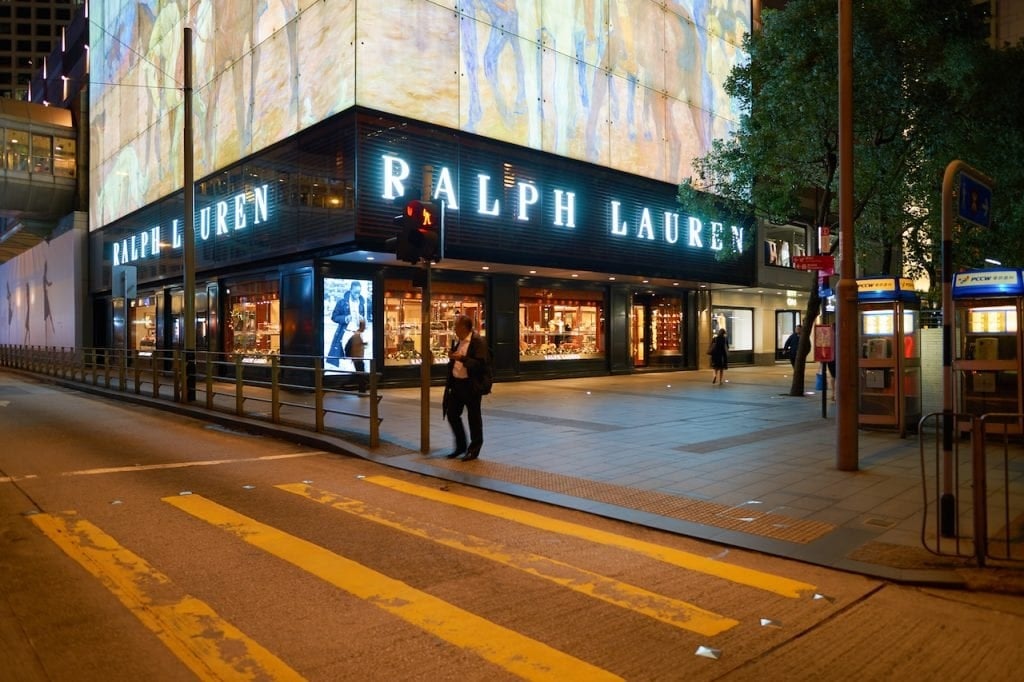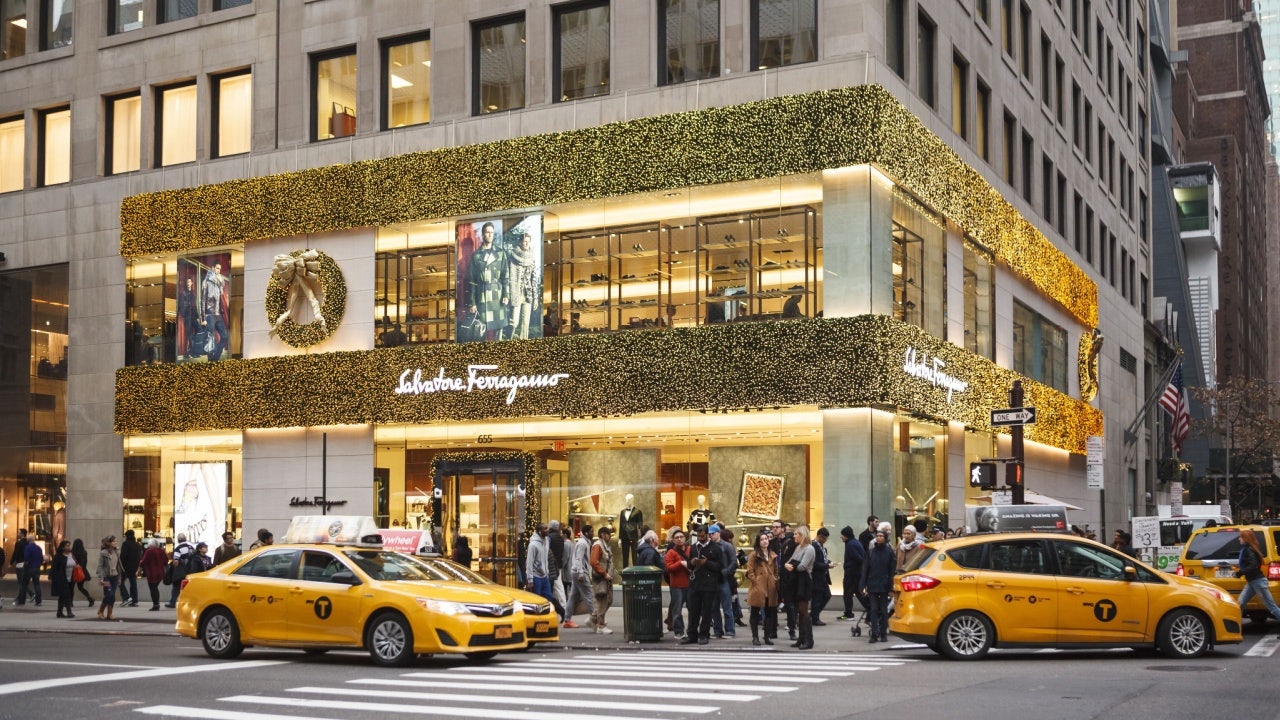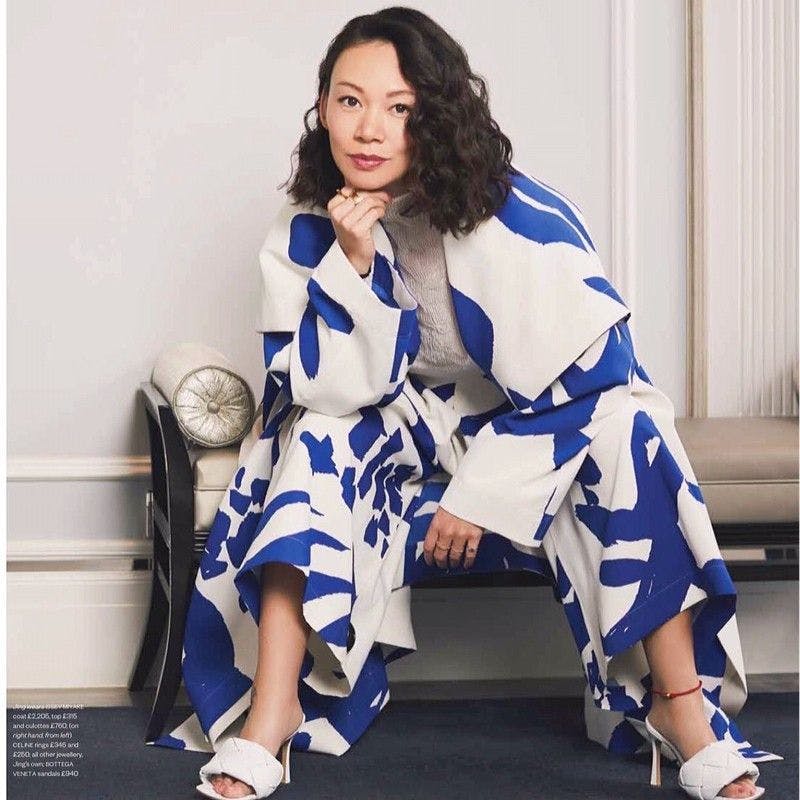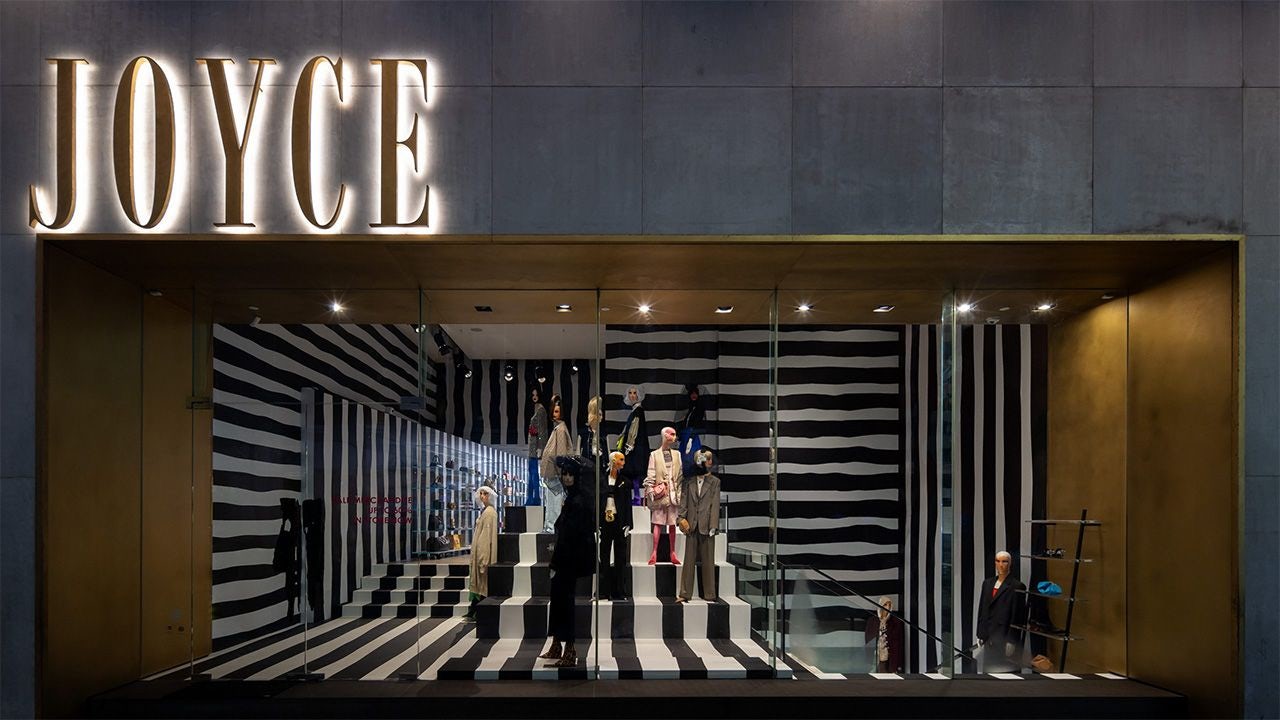What happened
It’s official. In a ranking of shopping area rents, Fifth Avenue in New York has taken the top spot while Tsim Sha Tsui in Kowloon, Hong Kong has landed in second place. A Main Streets Across The World report by global real estate company Cushman & Wakefield saw Fifth Avenue dethrone Hong Kong as the most expensive retail destination globally in terms of rental costs.
The falling number of tourists and visitors has hit the territory hard: Tsim Sha Tsui’s rents dropped 41 percent to 1,436 (10,300 RMB) per square foot, while New York’s Fifth Avenue averaged at 2,000 (14,400 RMB) per square foot. Alongside these, Via Montenapoleone in Milan came in at third place, followed by London’s New Bond Street and then Paris' Avenues des Champs Elysees at number five.
The Jing Take
This latest news is just one indication of the US luxury market’s recent boom, which saw Americans temporarily displace the Chinese as the biggest spenders this year. In 2022, the former accounted for a third of luxury spending compared to the latter’s 23 percent, according to a report by Bain. However, the trend is expected to turn by 2030, with a Bain and Altagamma report estimating China consumers to account for 40 percent of the global luxury market by then.
Hong Kong’s retail rents were always notoriously high, often justified by some of the highest density spending per square meter with Chinese tourists making up the majority of the footfall. It used to be a shopping mecca for mainlanders. That was before 2019 protests hit, followed shortly by COVID-19 in 2020 — each damaging tourist numbers, with the pandemic restricting travel to the territory for over two years.

Retail rents on main streets around the world suffered during this time but Hong Kong’s reliance on tourism meant that these figures dropped dramatically by an average of 45 percent, with estimates ranging from 30-80 percent dependent on the area. Although retail and hospitality have both suffered greatly, this drop is not entirely bad news for the region.
Hong Kong’s top shopping areas were almost entirely dominated by big luxury names before. The current situation has meant that brands have been able to negotiate reduced rents for stores and smaller players have been able to secure a brick and mortar presence in areas previously unaffordable for them. Ariane Zagury, CEO and Founder of the Rue Madame Fashion Group, which handles stores for Sweaty Betty, Hobbs, American Vintage and Whistles, tells Jing Daily that "it's given opportunities to some independent retailers like ourself to develop and bloom, because we are more focusing on the local market. Rent reductions are creating some really interesting retail concepts to happen in Hong Kong now."
The dip has encouraged a more diverse mix of brands in key spots in the city, with giant luxury names sitting alongside independent, contemporary, more mass labels in hotspots. Even previously more unaffordable spots like Harbour City mall in Tsim Sha Tsui is expected to open 100 new stores by the end of 2022.
The Jing Take reports on a piece of the leading news and presents our editorial team’s analysis of the key implications for the luxury industry. In the recurring column, we analyze everything from product drops and mergers to heated debate sprouting on Chinese social media.


